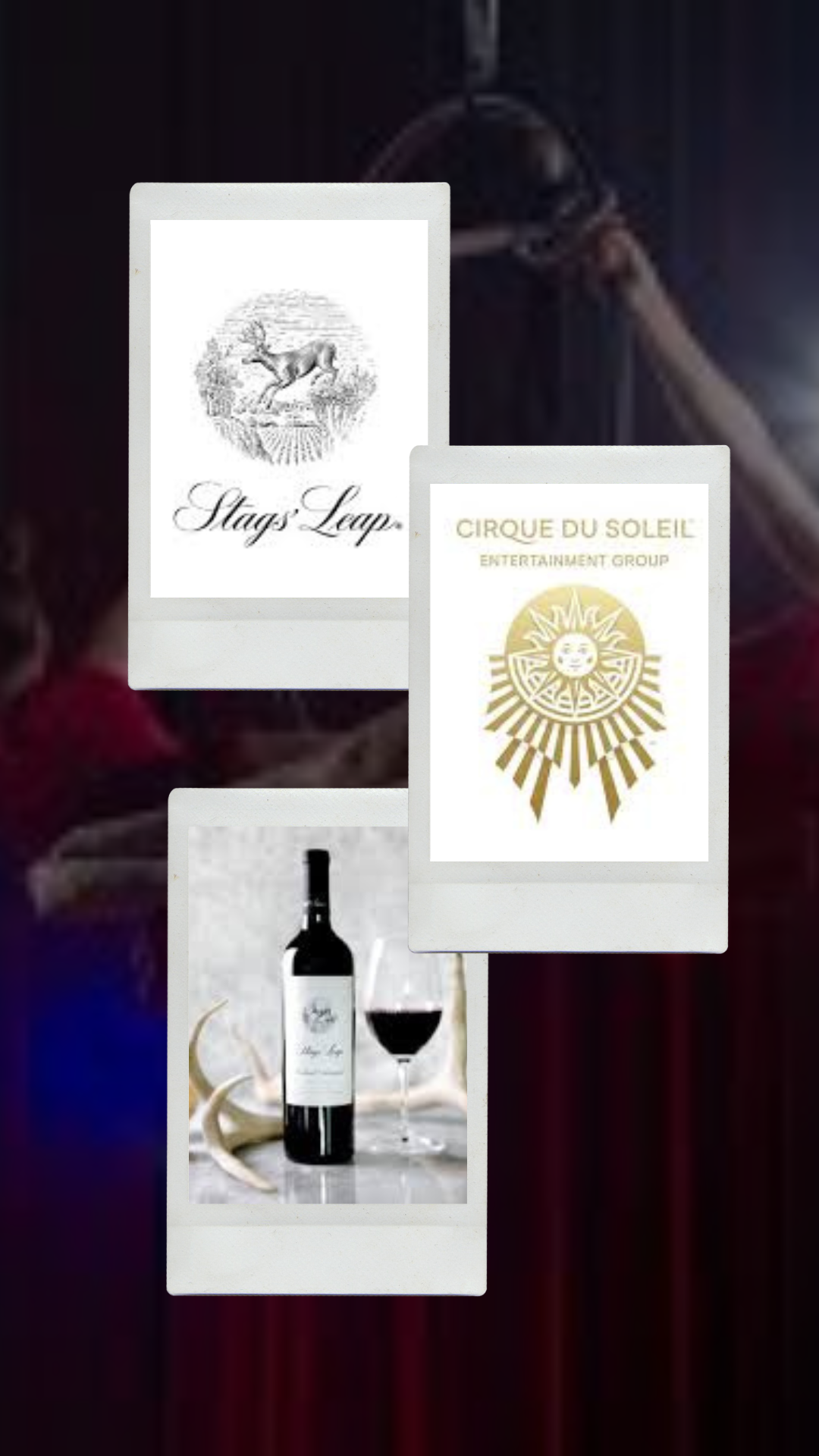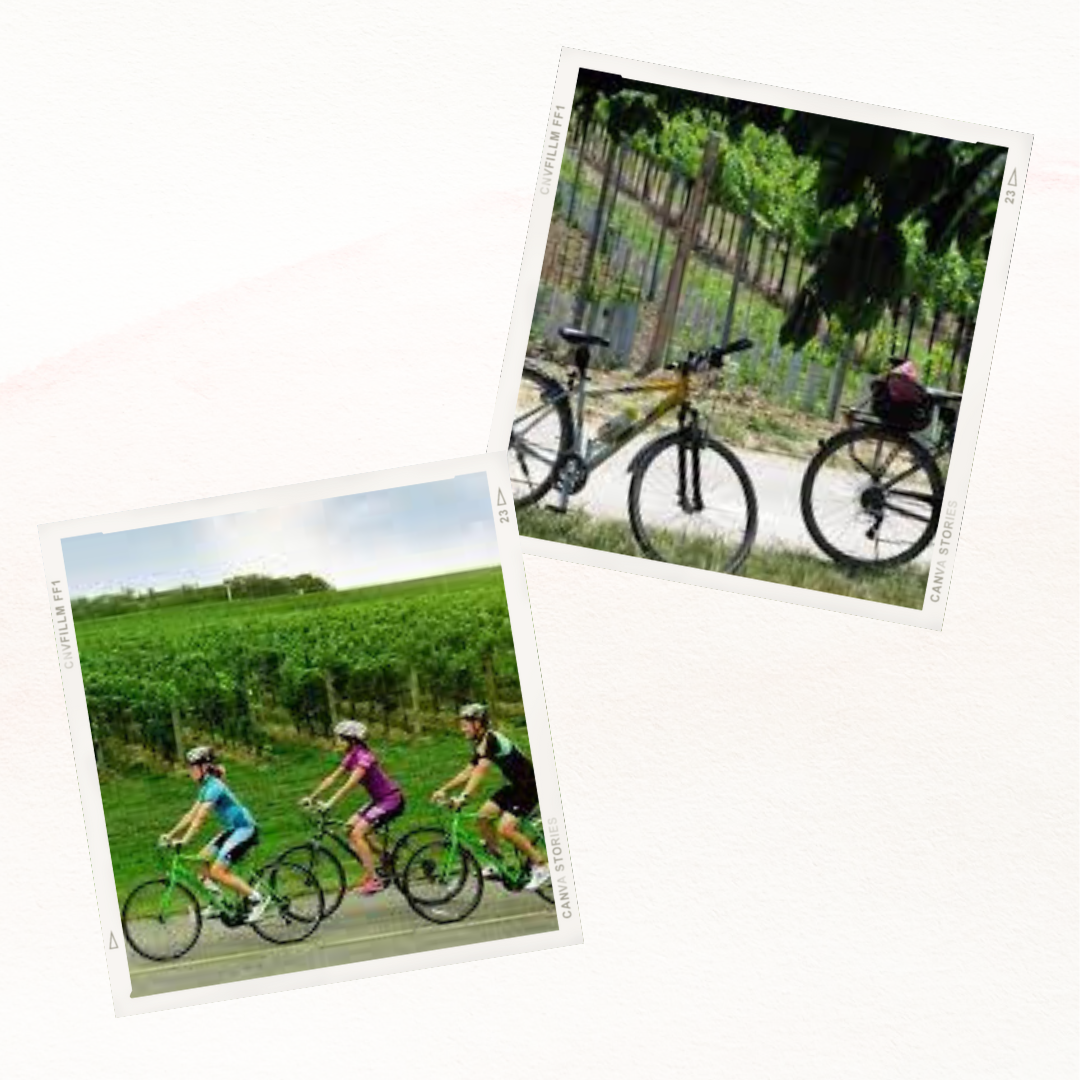Stags’ Leap Winery, one of the oldest and most storied wineries in Napa Valley, and Cirque du Soleil Entertainment Group, a world leader in artistic entertainment, announced last week an exclusive partnership that will see Stags’ Leap Winery featured at Cirque du Soleil’s United States Big Top Shows for one year beginning next month. The Official Wine of Cirque du Soleil Touring Shows in the United States, Stags’ Leap Winery brings more than 130 years of winemaking tradition to the circus stage.
“Stags’ Leap Winery is named after a mythical stag who eluded capture by leaping into the Palisades mountains located behind our storied winery in the Stags’ Leap District of Napa Valley,” says Brand Director Megan O’Connor. “Our stag is a symbol of courage and freedom, emboldening everyone to explore all that life has to offer in the pursuit of pleasure. I cannot think of a more perfect partner than Cirque du Soleil, whose performances have transformed live entertainment by encouraging all of us to dream the unimaginable.”
In addition to concessions serving Stags’ Leap Napa Valley Chardonnay and Cabernet Sauvignon, there will be a Stags’ Leap Winery lounge, in select cities. As part of the partnership, audience members can also expect to see Stags’ Leap Winery on multimedia branding throughout each venue, as well as in collaborative social content promoted across both brands’ social media channels.
“We are excited to welcome Stags’ Leap Winery as a partner with Cirque du Soleil Touring Shows and look forward to our United States Big Top fans experiencing the premium wine offerings on-site,” says Lauren Hart, Head of Partnership Strategy at Cirque du Soleil.
For the official list of show dates and locations, please visit cirquedusoleil.com
To learn more about Stag’s Leap: stagsleap.com





